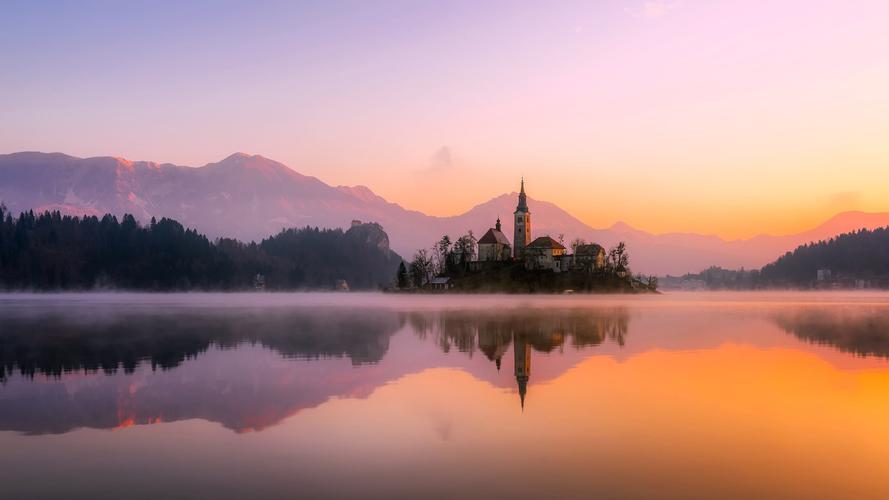Exploring Erudition in Hindi Language: A Journey Through Its History and Evolution
Hindi, the official language of India, is one of the most widely spoken languages in the world. With over 500 million speakers, it holds immense importance in the global linguistic landscape. Hindi has a rich heritage that is steeped in history, culture, and tradition. In this article, we will take a journey through the history and evolution of the Hindi language and explore the erudition it has to offer.
Hindi has its roots in Sanskrit, which is the ancient language of India and the precursor to many other languages in the region. It is believed that the earliest form of Hindi, known as Braj Bhasha, emerged around the 10th century AD. Over time, Hindi evolved and developed into various dialects, each with its unique characteristics and cultural significance.
The Mughal era marked a significant milestone in Hindi’s evolution, as Hindi began to become more standardized and widely spoken. It was during this period that many Hindi literary works were written, and the language began to acquire its distinct style and syntax. Hindi poetry and literature flourished under the patronage of the Mughal emperors, contributing significantly to Hindi’s cultural and literary heritage.
The colonial era saw a further transformation in the Hindi language, as English became the dominant language, and Hindi literature faced significant challenges. However, the struggle for independence reignited interest in Hindi, and it played a crucial role in mobilizing the masses during India’s struggle for freedom. After independence, Hindi was adopted as the official language of the country, and efforts were made to promote and standardize it further.
Today, Hindi is a vibrant language that continues to evolve and adapt to changing circumstances. It is used in a wide range of fields, from literature to science and technology, and is a source of pride for the Indian people. The growth of Hindi literature and media has also contributed significantly to the popularity and influence of the language across the world.
In conclusion, the rich history and evolution of the Hindi language offer a fascinating journey through India’s cultural and linguistic heritage. From its Sanskrit roots to its modern-day use in literature, science, and technology, Hindi continues to inspire and captivate millions of people worldwide. As Hindi’s popularity and significance continue to grow, we can expect to see further developments and innovations in the language in the years to come.
(Note: Do you have knowledge or insights to share? Unlock new opportunities and expand your reach by joining our authors team. Click Registration to join us and share your expertise with our readers.)
Speech tips:
Please note that any statements involving politics will not be approved.
